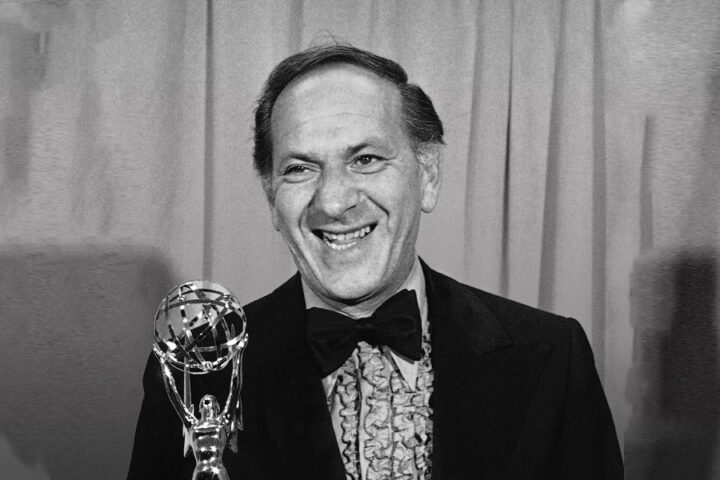Introduction
Feeling the chill in your home? It’s time to consider investing in a reliable heating solution. A central heating pump can be the game-changer you need to buy a central heating pump to be more comfortable in your home. Similarly, a circulation pump can help optimize the heating in your house with a circulation pump, ensuring you stay warm and cozy throughout the cold months.
What is a Central Heating Pump?
A central heating pump is a device designed to circulate hot water throughout your home’s heating system. This pump plays a crucial role in ensuring that hot water reaches every radiator and tap, providing consistent warmth and comfort. By efficiently moving hot water from the boiler to various parts of the house, it helps maintain a steady and reliable temperature.
Types of Central Heating Pumps
Single-speed Pumps
Single-speed pumps operate at a constant speed, regardless of the heating demand. These pumps are simpler and more affordable, making them a popular choice for many homeowners.
Variable-speed Pumps
Variable-speed pumps adjust their speed based on the heating demand. This flexibility can lead to significant energy savings and improved efficiency, making them an excellent investment for those looking to reduce their energy bills.
Choosing the Right Central Heating Pump
When selecting a central heating pump, consider the size of your home, the type of heating system you have, and your energy efficiency goals. Sizing your pump correctly is crucial to ensure optimal performance and longevity.
Installation of Central Heating Pumps
DIY vs Professional Installation
While some homeowners may choose to install a central heating pump themselves, it is often best to hire a professional to ensure the job is done correctly and safely. Professional installation can help prevent issues and extend the life of your pump.
Step-by-Step Installation Guide
- Turn off the power and water supply: Safety first!
- Drain the system: Remove any water from the heating system.
- Remove the old pump: Carefully disconnect and remove the old pump.
- Install the new pump: Position the new pump and connect it securely.
- Refill the system: Turn the water supply back on and refill the system.
- Test the pump: Turn the power back on and ensure the pump is working correctly.
Maintenance Tips for Central Heating Pumps
Regular maintenance is key to keeping your central heating pump in top condition. Check for leaks, listen for unusual noises, and ensure the pump is properly lubricated. Tackling problems as soon as they arise can help avoid expensive repairs later.
What is a Circulation Pump?
A circulation pump, also known as a recirculation pump, helps move hot water through your home’s plumbing system. This ensures that hot water is readily available at your taps, reducing the wait time and minimizing water waste.
Types of Circulation Pumps
Standard Circulation Pumps
Standard circulation pumps operate continuously, ensuring a steady flow of hot water. These pumps are ideal for homes with high hot water demands.
High-efficiency Circulation Pumps
High-efficiency circulation pumps use advanced technology to reduce energy consumption. These pumps are perfect for eco-conscious homeowners looking to save on utility bills.
Choosing the Right Circulation Pump
When selecting a circulation pump, consider your home’s hot water needs, the size of your plumbing system, and your energy efficiency preferences. Sizing your pump correctly is essential for optimal performance and efficiency.
Installation of Circulation Pumps
DIY vs Professional Installation
As with central heating pumps, professional installation is recommended for circulation pumps to ensure proper setup and avoid potential issues.
Step-by-Step Installation Guide
- Turn off the power and water supply: Always prioritize safety.
- Drain the system: Remove any water from the plumbing system.
- Remove the old pump: Disconnect and remove the old pump carefully.
- Install the new pump: Position the new pump and connect it securely.
- Refill the system: Turn the water supply back on and refill the system.
- Test the pump: Restore power and check that the pump is functioning correctly.
Maintenance Tips for Circulation Pumps
Routine maintenance is crucial for the longevity and efficiency of your circulation pump. Regularly check for leaks, unusual noises, and ensure the pump is properly lubricated. Address any issues promptly to prevent larger problems.
Benefits of Optimizing Your Home Heating
Investing in and maintaining the right heating pumps can lead to significant energy savings, improved comfort, and a more efficient heating system. By optimizing your home heating, you can enjoy a warm and cozy home while keeping your energy bills in check.
Central Heating Pump vs Circulation Pump
While both central heating pumps and circulation pumps play vital roles in home heating, they serve different functions. Central heating pumps circulate hot water throughout the heating system, while circulation pumps ensure hot water is readily available at your taps. Knowing the distinctions can assist you in selecting the appropriate pump for your requirements.
Frequently Asked Questions (FAQs)
How long do these pumps last?
Both central heating and circulation pumps typically last around 10-15 years with proper maintenance. Regular checks and prompt repairs can extend their lifespan.
Can I install these pumps myself?
Although you can install it yourself, hiring a professional is advised to guarantee safety and correct installation.
What are the signs of a failing pump?
Common signs include unusual noises, leaks, and a decrease in heating efficiency. If you notice any of these issues, it’s time to check your pump.
How do I choose the right pump for my home?
Consider factors such as the size of your home, your heating system, and your energy efficiency goals. Consulting with a professional can also help you make an informed decision.
Are there any energy-saving tips for using these pumps?
Opt for high-efficiency pumps, ensure regular maintenance, and consider using variable-speed pumps to reduce energy consumption.
Conclusion
Proper heating is essential for a comfortable home, especially during the colder months. By choosing and maintaining the right central heating and circulation pumps, you can ensure efficient and reliable heating, leading to energy savings and improved comfort.






